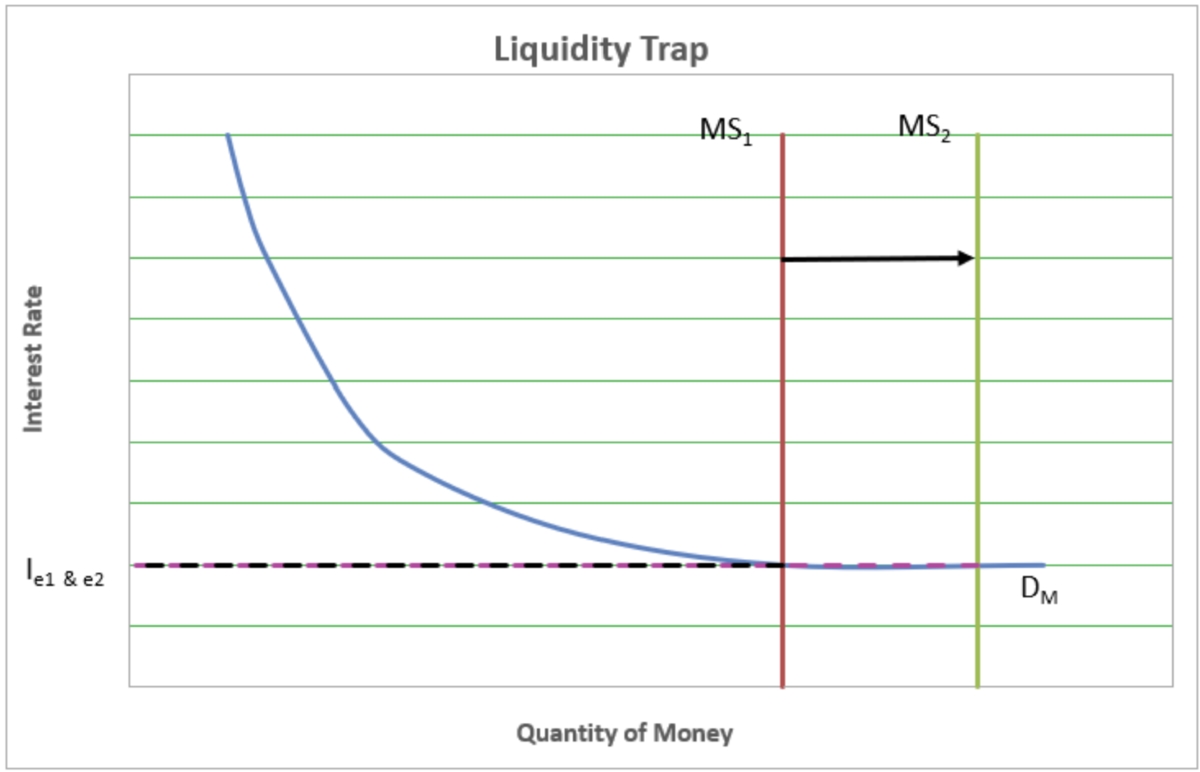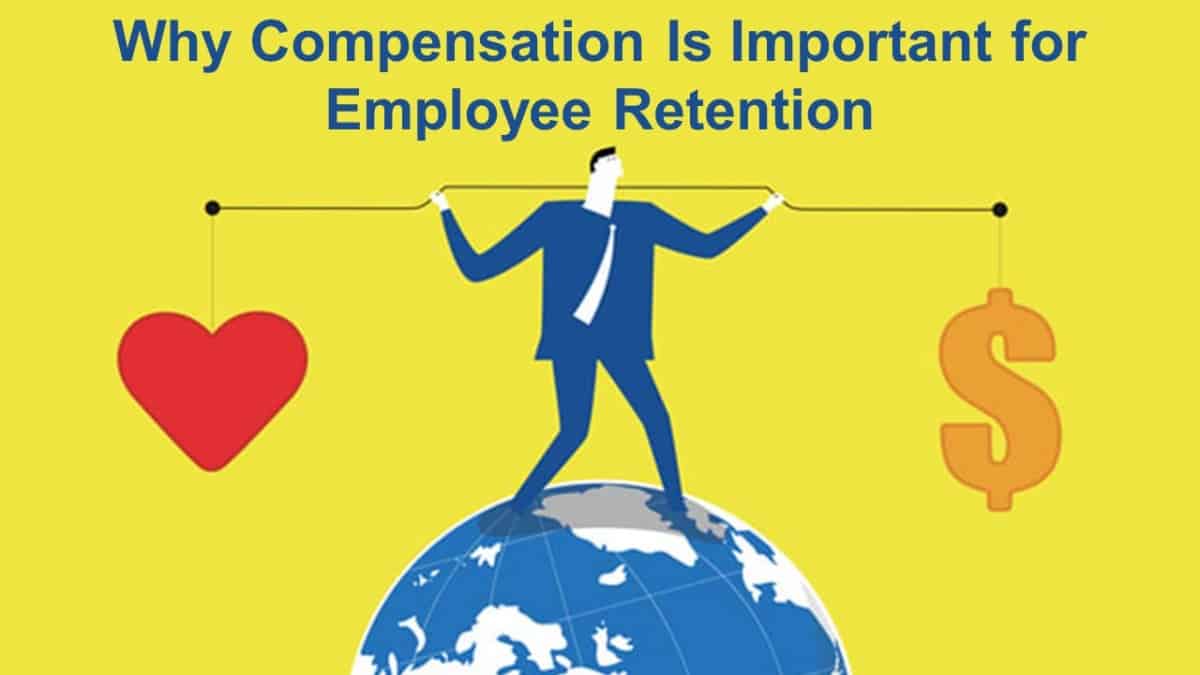Home>Finance>Liquidity Trap: Definition, Causes, And Examples


Finance
Liquidity Trap: Definition, Causes, And Examples
Modified: February 23, 2024
Learn about the liquidity trap in finance, its causes, and real-world examples. Understand its implications for monetary policy and the economy.
(Many of the links in this article redirect to a specific reviewed product. Your purchase of these products through affiliate links helps to generate commission for LiveWell, at no extra cost. Learn more)
Liquidity Trap: Definition, Causes, and Examples
Finance can be a complex and ever-evolving field, with various concepts and terms that can sometimes leave us scratching our heads. One such term is the “liquidity trap,” a phenomenon that has garnered significant attention in recent years. In this blog post, we will delve into the definition, causes, and examples of a liquidity trap to help demystify this concept and shed light on its implications for the financial world.
Key Takeaways:
- A liquidity trap occurs when monetary policy becomes ineffective in stimulating economic growth and combating deflation.
- Causes of a liquidity trap include extremely low interest rates, risk aversion among investors, and a lack of confidence in the economy.
What is a Liquidity Trap?
A liquidity trap refers to a situation in which monetary policy fails to stimulate the economy, leading to stagnant growth and persistently low inflation or deflation. Imagine a scenario where interest rates are already at rock-bottom levels, yet people and businesses still choose to hold onto their money rather than spend or invest it. This hoarding of money prevents the intended expansionary effects of monetary policy, effectively trapping liquidity within the financial system.
Historically, central banks have relied on lowering interest rates to encourage borrowing, spending, and investment. However, when interest rates reach zero or near-zero levels, the effectiveness of this conventional monetary tool diminishes. At this point, individuals and businesses prioritize the safety of cash holdings over the potential returns from investments or spending, creating a liquidity trap.
When a liquidity trap occurs, individuals and businesses hold onto money, leading to a decrease in spending and investments. This lack of demand for goods and services further depresses the economy, exacerbating deflationary pressures. Higher levels of deflation can also lead to increased debt burdens, hampering economic growth even further.
Causes of a Liquidity Trap:
Several factors contribute to the emergence of a liquidity trap:
- Extremely low interest rates: When interest rates are already near or at zero, further reductions offer diminishing returns in stimulating economic activity. Individuals and businesses may believe that rates cannot decline further, leading to a preference for hoarding cash rather than investing or spending.
- Risk aversion among investors: During times of economic uncertainty, investors tend to be more cautious and risk-averse. This aversion to risk encourages individuals and businesses to hold onto liquid assets, further exacerbating the liquidity trap.
- Lack of confidence in the economy: When individuals and businesses lack confidence in the economy’s future prospects, they are more likely to save and delay spending or investing. This lack of confidence reduces aggregate demand and reinforces the liquidity trap.
Examples of Liquidity Traps:
The concept of a liquidity trap is not merely theoretical; it has been observed in several real-world scenarios. One prominent example is the Japanese economic experience during the 1990s, commonly known as the “Lost Decade.” Japan faced stagnant growth and deflation, despite the Bank of Japan’s persistent efforts to stimulate the economy through interest rate reductions and unconventional monetary policy measures.
More recently, the global financial crisis of 2008 and the subsequent recession highlighted the potential for liquidity traps. Central banks worldwide, including the Federal Reserve and the European Central Bank, resorted to unconventional measures such as quantitative easing to combat the collapse in economic activity. Despite these efforts, deflationary pressures persisted, indicating the presence of a liquidity trap.
In Conclusion
A liquidity trap is a challenging economic scenario where conventional monetary policy loses its effectiveness in stimulating economic growth and combating deflation. It arises due to extremely low interest rates, risk aversion among investors, and a lack of confidence in the economy. Understanding the concept of a liquidity trap and its potential implications is crucial for policymakers, economists, and investors alike, as it influences financial decision-making and shapes the broader economic landscape.














